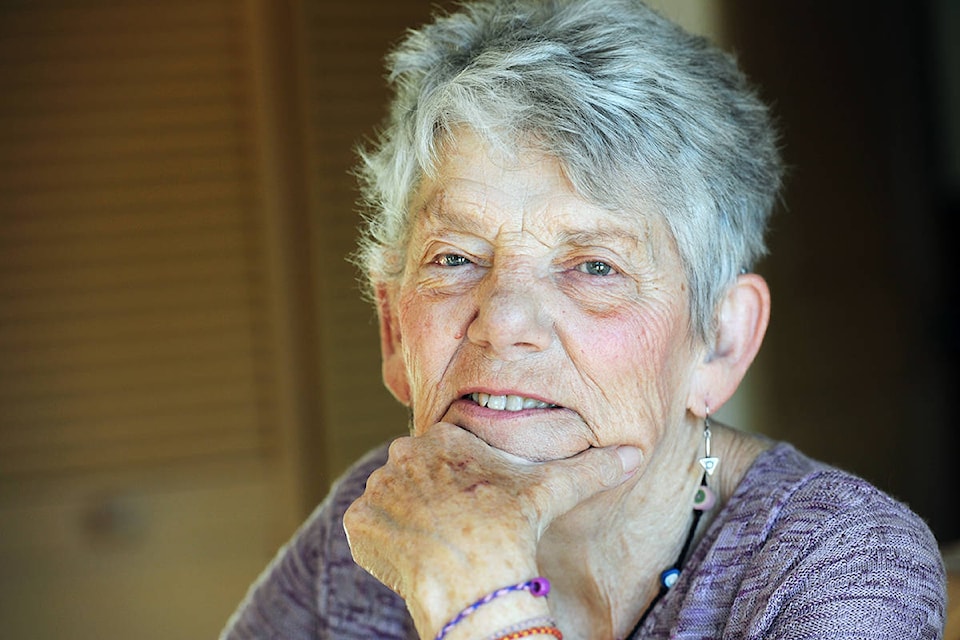Valerie Thomas has been waiting for cataract surgery for almost two years – and she is not alone.
On Oct. 18, representatives from the Yukon Hospital Corporation appeared before the House, during which CEO Jason Bilsky disclosed that there are about 350 people waiting for the procedure, noting that “wait times to see an ophthalmologist and receive cataract surgery have been growing rapidly and now exceeds three years.”
Thomas, 81, told the News her vision is impaired to the degree she can no longer read print on a page, and she doesn’t know when she will go in for surgery.
“Impaired vision certainly affects my quality of life,” she said. “I can’t drive. I was advised not to drive. You get a lot of double vision, glare and reflection, all that kind of stuff. Even walking outside is difficult now because I’m so careful where I’m treading.”
The YHC and the government have prioritized resolving protracted wait periods, Bilsky said, adding that over the course of the last several months solutions have been pitched to reduce waitlists “within the next year or sooner.”
Proposed solutions include a separate retinal clinic to prevent conflicts with ophthalmology and cataract surgery, he said.
“Having said that, we have recognized the pressures and some actions that we have taken to date to mitigate the clinic wait times (include) triaging urgent patients and replacing aging ophthalmology equipment for increasing patient throughput,” Bilsky said. “We have also increased, as much as we can and within the limitations we have, the number of ophthalmology visiting clinics that we can host here.”
In a written statement, Patricia Living, spokesperson for the Department of Health and Social Services, said work is being done to deal with the waitlist, but stopped short of speaking to specifics “until we have settled on the best way to improve access.”
“Our first priority, as a team, is to decrease the wait time for consultations, treatment and surgery provided by visiting ophthalmologists,” she said, noting that there are currently three specialists in the Yukon from British Columbia.
“The hospital has redeveloped its (operating room) area to move some procedures to more appropriate spaces and increase surgical capacity,” Living added.
Because Thomas isn’t provided with any updates on how the waitlist is progressing, it’s unclear when it will be her turn for surgery, she said.
“You don’t know until you’re called,” she said. “None of us know where we are on the list.
“I am prepared to wait longer for my treatment if absolutely necessary, as long as I knew that it would happen at some point. If I could say it’s going to happen in the next six months, you know, I could live with that.”
Thomas goes in for a checkup every six months, and, according to her optometrist, her vision hasn’t changed so dramatically that it would require her to be moved to the top of the list.
To help speed things along, Thomas believes that specialists should be available in the Yukon far more often than they are currently.
“They need to supply funding to bring up specialists who do the surgery. It’s quite straight forward.”
Asked if Thomas would consider private, out-of-territory surgery, she said it could be an option, but that she’s “philosophically opposed” to the idea as a matter of fairness.
“I’m opposed because some people could afford it and other people couldn’t and that would be unjust, in my opinion,” she said.
“It’s something that should be provided (here).”
Contact Julien Gignac at julien.gignac@yukon-news.com
